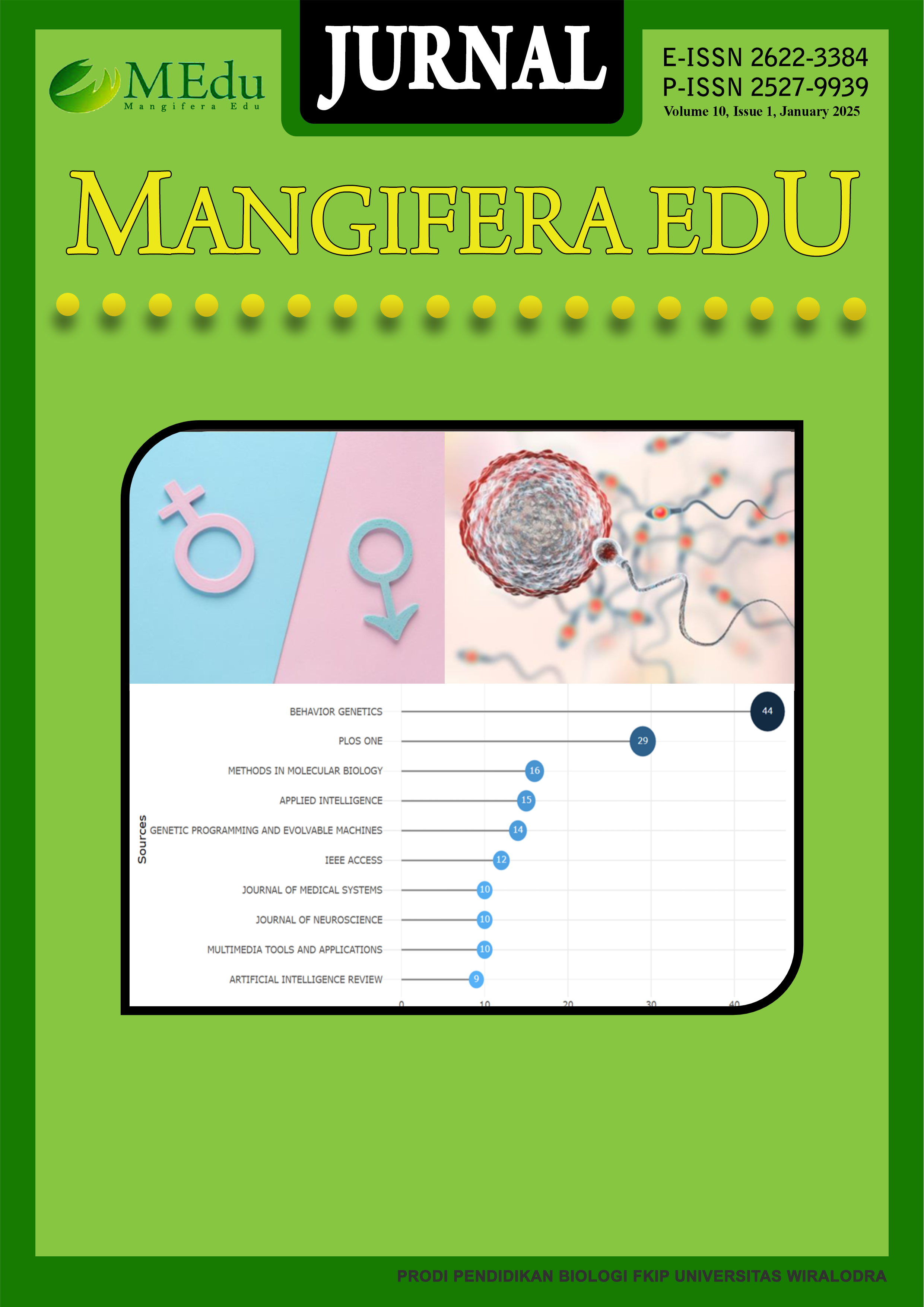Development of test instruments to assess High School Students' critical thinking on the digestive system
ABSTRACT
Critical thinking is one of the vital 21st-century skills, but many Indonesian students still show low proficiency in this area. To address this gap, it is essential to develop valid and reliable assessment instruments, particularly in science subjects like biology. This study aimed to develop and validate a test instrument to measure high school students' critical thinking skills on the topic of the digestive system. The research followed the ADDIE development model (Analyze, Design, Develop, Implement, Evaluate) and involved 74 eleventh-grade students. The instrument consisted of 30 multiple-choice items based on six critical thinking indicators by Facione: interpretation, analysis, evaluation, inference, explanation, and self-regulation. Validity and reliability were analyzed using the Rasch model with QUEST software. All items were found to be valid and fit the Rasch model, indicating strong construct validity. The item reliability was categorized as excellent (0.93), while student answer consistency was low (0.59), suggesting limited accuracy or care in responses. Most items (70%) were of moderate difficulty. The students' average critical thinking score was 47.25%, with self-regulation being the strongest indicator (63.51%) and analysis and inference being the weakest (35.13% and 38.64%). These results indicate that, although the instrument is effective in measuring critical thinking, students still encounter challenges, particularly in analytical reasoning. Enhancing learning strategies and assessment tools is crucial for improving students’ cognitive development in science education.
ARTICLE INFO
Keywords
ADDIE, Critical thinking, Dygestive system, Test instrumentPublished
July 22, 2025Issue
Vol. 10 No. 1 (2025)How to Cite
Most read articles by the same author(s)
- Elin Herlina, Zaenal Abidin, Development of interactive e-modules to improve students’ scientific literacy abilities: A literature review , Jurnal Mangifera Edu: Vol. 8 No. 2 (2024): Jurnal Mangifera Edu
- Zaenal Abidin, Fatimatuzzaro Fatimatuzzaro, Development of a critical thinking skills assessment instrument for students on diffusion and osmosis subject , Jurnal Mangifera Edu: Vol. 9 No. 2 (2025): Jurnal Mangifera Edu



